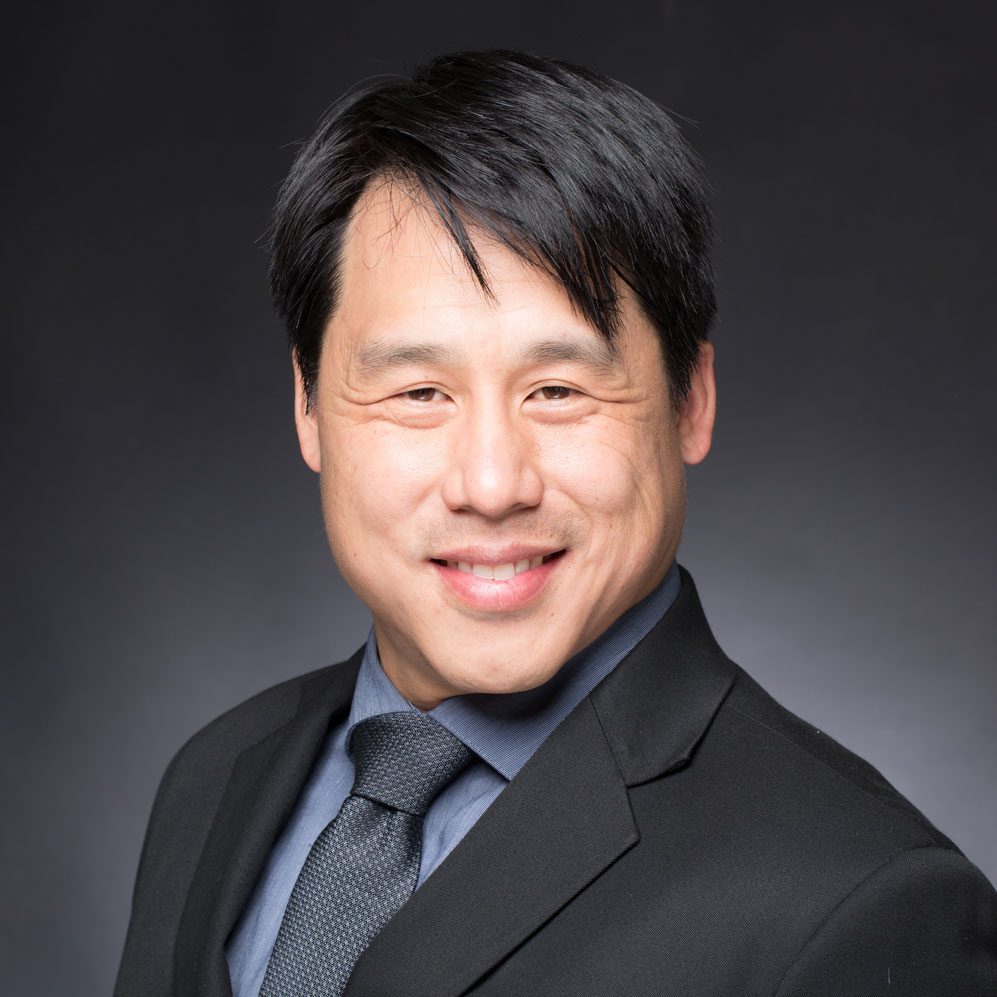The property-casualty industry is abuzz with the threat of disruption — that high-tech interlopers will find a way to take over the business of insurance.
What would disruption look like? Actuaries articulated three visions in a presentation called, “Disruptive Forces Facing the Insurance Industry” at the CAS Spring Meeting in Seattle in May.
The presentations covered three types of potential disruptions: underwriting small commercial risks, marketing via online distribution and developing innovative products, of which insurance is only a part.
Carolyn Yau, FCAS, is director of commercial actuarial at Homesite Insurance, a company that is trying to find a way to underwrite small businesses efficiently and profitably online. She was the first actuary and the seventh employee at AssureStart which sells small business insurance under the Homesite brand as part of American Family Group.
Yau likened the commercial market to where personal automobile was 15 years ago: There are lots of insurers and expenses are relatively high. She cites a McKinsey study stating that traditional carriers may not be ready to address small commercial products. But tech investors seem to see the potential. There were 55 tech investments in insurance startups in 2015. A year earlier there were 24. Before that, there were never more than five. Examples include Lemonade, a peer-to-peer insurer, and Metromile, which offers pay-as-you-go auto insurance.
Small business risks, she said, are not exactly like personal auto, where drivers and cars are fairly similar. Personal auto insurance is more like a commodity, at least compared to the wide array of risks businesses must insure against.
Every business faces unique risks. A bakery, she notes, needs spoilage insurance, something other shopkeepers don’t need to worry about. Owners have often sought expert advice, and that has come from an agent. “A small business owner is more likely to want to talk to someone to make sure they get what they need,” she said. And there are usually several agent-insured conversations before a policy is bound.
That may be changing, Yau said. “We don’t necessarily want to interact as much anymore,” she said. “We want to use Uber to get a taxi. I don’t want to call the restaurant for a reservation — I want to use Open Table.”
The high-touch rate drives expenses higher. More than a third of the premium in a traditional business owners’ or general liability policy pays for expenses. For personal auto, it is a sliver under one-fifth, she said. A company that can lower that business operating profit (BOP) expense ratio can succeed.
The goal, Yau said, is to reduce the “high-touch” underwriting. Any policy application has a lot of questions; some may not be necessary. She offered the following underwriting question as one example: Do you break down cardboard boxes at night? The question is intended to determine if the person keeps a tidy marketplace, which shows a diligent work ethic and thus a better risk.
Overall risk quality may be assessed more efficiently by obtaining financial responsibility information from an outside source, she said. By streamlining the application process, the applicant could obtain a quote to bind coverage in five minutes.
Other high-tech companies have found a way into the small business niche. Intuit handles taxes, payroll and bookkeeping “and makes it simple,” Yau said. “We believe we can do this with insurance as well,” she added.
Keith Moore, chief executive officer of CoverHound, a site known as an insurance aggregator that allows people to search for, compare and buy auto and property insurance online, says that consumers want choice and fulfillment when they shop. That means they want multiple quotes from one place and the ability to complete the transaction right away.
In insurance, that process can break down. The rates aren’t as precise as, say, the price of a watch on Amazon. And consumers seek quotes, but the insurer may have to follow up with them considerably later with that number. These are things to try to avoid, Moore said. “We want the rates that consumers see to be as close to the bindable rate as possible,” he said. Moore compared the situation to the online mortgage business. In the 1970s and 1980s, Bankrate made its name by gathering mortgage rates from around the country and showing customers how to get in touch with them.
Online, that model doesn’t work today. Lending Tree succeeded by matching customers to banks and used its own experience with the lenders to guide customers to the lenders that would be most likely to accept them.
Moore laid out what he sees as principles of the “digital agency of the future”:
Consistency in fulfillment. Customers get what they want, and “the delivery of that product is exactly the same every single time.”
The ability to transition across carriers. His site shows the best four matches for a consumer, and those four could vary for the same customer for a different line of business.
Measurement of success via a metric known as the net promoter score, or NPS. The score is derived from a one-question survey: On a scale from 1 to 10, he said, “Will you recommend us to a friend?”
A person giving a 9 or a 10 is a promoter. Everyone else is a detractor. The NPS is promoters less detractors, divided by total respondents. The company works to maximize its score.
Moore also predicts four trends:
- Mobile technology will grow, and the insurer needs to focus on the point of sale of whatever it is that they intend to insure. “We want to be where people are shopping for cars,” he said. “Shopping for homes … Getting loans.”
- Customers want rates that can be bound on digital platforms.
- They want a single transaction binding auto, home and umbrella coverage — even when that coverage comes from more than one carrier.
- Customers are looking for highly integrated purchase options, and that means the aggregator becomes a trusted adviser. Look to Amazon, he said, for an example of how a website operator “curates choice” by narrowing options to a manageable few. “They provide a halo,” Moore said, that can boost a company in its marketplace.
“If you’re not one of the top six represented,” he said, “it is hard to build a product.”
James Guszcza, FCAS, chief data scientist at Deloitte Consulting, sees big data as a force of both potential disruption and innovation that can enable the insurance industry to shift from a largely product-centric orientation to a more customer-centric one. He pointed out that much of the “big data” collected is data about people’s behavior. Data from credit cards and supermarket scanners are early examples of behavioral data that can be repurposed to predict insurance risk behavior. Today, capturing behavioral data has accelerated, thanks to the ubiquity of smartphones, self-tracking devices and connected cars.
“We leave behind digital breadcrumbs,” Guszcza said. These breadcrumbs tell the story of a person’s life. Such data can be put to surprising uses. For example, researchers have used mobile phone metadata (who calls when and for how long) to predict with surprising accuracy the key personality traits of the phone owner.
Guszcza noted that while such examples highlight crucial issues of privacy and data ownership, as well as potential for abuse, big data and connected customers also raise the possibility of societally valuable innovations.
For example given appropriate risk scores and information about social network ties, one can imagine small groups of connected people banding together to “act like underwriters at Lloyd’s,” he said. The implication is that new insurers don’t have to be tethered to the traditional insurance company.
As the amount of data available to analyze mushrooms, another societal revolution is taking place: the prominence of behavioral economics. This branch of economics understands that people are not the hyperrational machines posited by traditional Econ 101 textbooks.
Behavioral economists understand that the amount of food you take at a buffet depends on the size of the plate you are handed. People don’t consume goods in a vacuum; they compare their consumption to their neighbors’. People don’t want infinite choices; they often sign up to be nudged in the right direction with customized menus of choices and smart defaults. This insight and the emergence of big data can revolutionize insurance (and a good chunk of the rest of the world).
Guszcza cited a company called Opower as an example. Opower uses big data as well as behavioral economics to help utilities interact with customers in ways that provide customers valuable information and simultaneously nudging them to moderate their use of energy.
For example, the utility might tell customers that they are using more electricity than the average person in their neighborhoods. Once they realize that, they are likely to consume less. “People don’t like to violate social norms,” Guszcza stated. For the utility, the result is a lower electric bill as well as a stronger customer relationship.
An insurance analog is telematics: Collecting real-time driving data helps many insurers rate policyholders more accurately. But an “Opower for insurance” would also use the data to make policyholders into better drivers by showing them the specific actions that make their driving hazardous.
“Rather than trying to make people more rational,” Guszcza said, “make it easy for people to become better drivers.”











